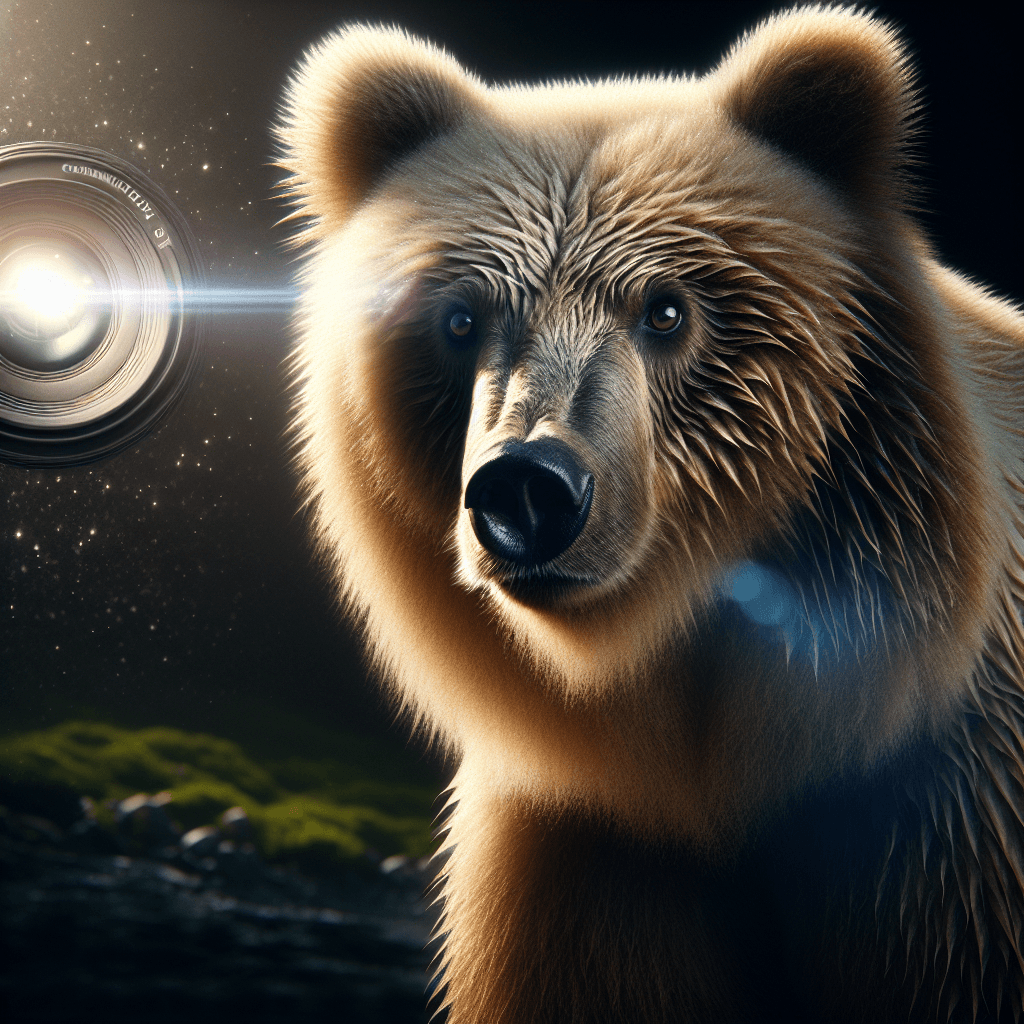Understanding Bears: Majestic Creatures of the Wild
Exploring the habits, habitats, and conservation of bears

Understanding Bears: Majestic Creatures of the Wild
Bears are one of the most fascinating creatures on Earth, captivating our imagination with their immense size and strength. These magnificent mammals belong to the family Ursidae, and they are found in various habitats across the world, from dense forests to icy tundras.
Types of Bears
There are eight bear species, each with unique traits and adaptations:
- North American Black Bear: The most widely distributed bear species in North America, known for its climbing abilities.
- Grizzly Bear: A large and powerful bear, often found in mountainous regions of North America.
- Polar Bear: Adapted to life in the Arctic, these bears are excellent swimmers and primarily hunt seals.
- Brown Bear: Known for their size and strength, these bears inhabit various regions, including North America, Europe, and Asia.
- American Panda: Famous for their distinctive black and white fur, giant pandas are native to China and primarily eat bamboo.
- Sloth Bear: Found in the Indian subcontinent, this bear species has a shaggy coat and a diet mainly consisting of insects.
- Spectacled Bear: The only bear native to South America, known for the unique markings on its face.
- Asiatic Black Bear: Also known as the moon bear, it is found in the forests of Asia and is recognized by its white crescent-shaped mark on its chest.
Bear Habitats
Bears occupy a range of habitats, each providing the necessary resources for their survival. Forests, mountains, tundras, and even snowy landscapes serve as homes for these animals. Their ability to adapt varies by species, with some being more versatile than others. For example, the polar bear's thick fur and fat layer enable it to thrive in freezing temperatures, while the black bear can be found in a variety of environments from swamps to mountain ranges.
Behavior and Diet
Bears are omnivorous, which means their diet consists of both plants and animals. They are opportunistic feeders, impacting their dietary habits based on seasonal availability. Grizzly bears may forage for berries and roots during summer while hunting for fish in rivers during salmon spawning season. In contrast, giant pandas primarily consume bamboo, which constitutes about 99% of their diet.
Conservation Efforts
Despite their resilience, many bear species face threats from habitat loss, poaching, and climate change. Conservation efforts are underway globally to protect bears and their habitats. Organizations are working to create protected areas, implement management plans, and educate the public about the importance of bears in the ecosystem.
Conclusion
Bears are remarkable creatures that play a vital role in maintaining the balance of their ecosystems. As stewards of the environment, it is our responsibility to ensure their survival for future generations to appreciate and admire. Supporting conservation initiatives and raising awareness about their plight can contribute significantly to preserving these majestic creatures.